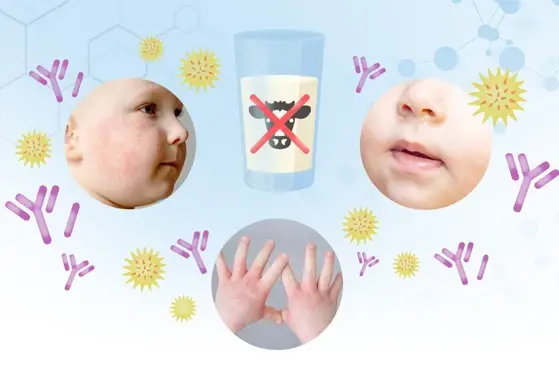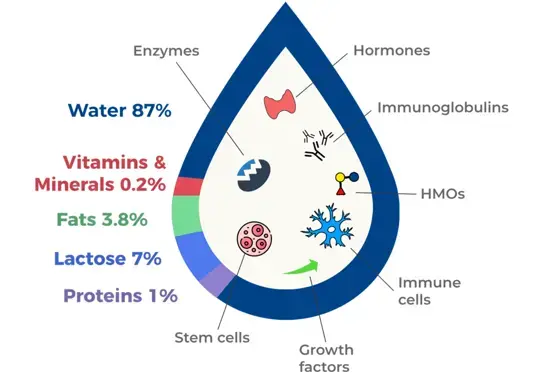Articles and Books

Nutrients for executive function development and related brain connectivity in school-aged children
Nutrients for executive function development and related brain connectivity in school-aged children

Physical Activity, Fitness, Cognitive Function, and Academic Achievement in Children: A Systematic Review
Physical Activity, Fitness, Cognitive Function, and Academic Achievement in Children: A Systematic Review

Dietary calcium and zinc deficiency risks are decreasing but remain prevalent
Dietary calcium and zinc deficiency risks are decreasing but remain prevalent

Adolescent Undernutrition: Global Burden, Physiology, and Nutritional Risks
Adolescent Undernutrition: Global Burden, Physiology, and Nutritional Risks

Global and regional trends in the nutritional status of young people: a critical and neglected age group
Global and regional trends in the nutritional status of young people: a critical and neglected age group



Nurturing the Early Life Gut Microbiome and Immune Maturation for Long Term Health
Nurturing the Early Life Gut Microbiome and Immune Maturation for Long Term Health


